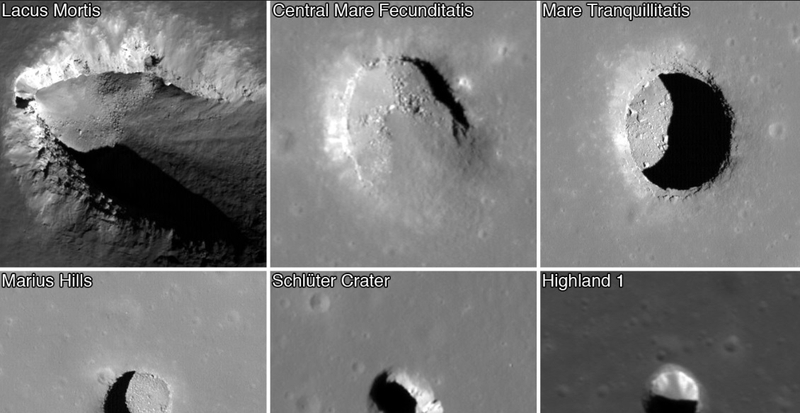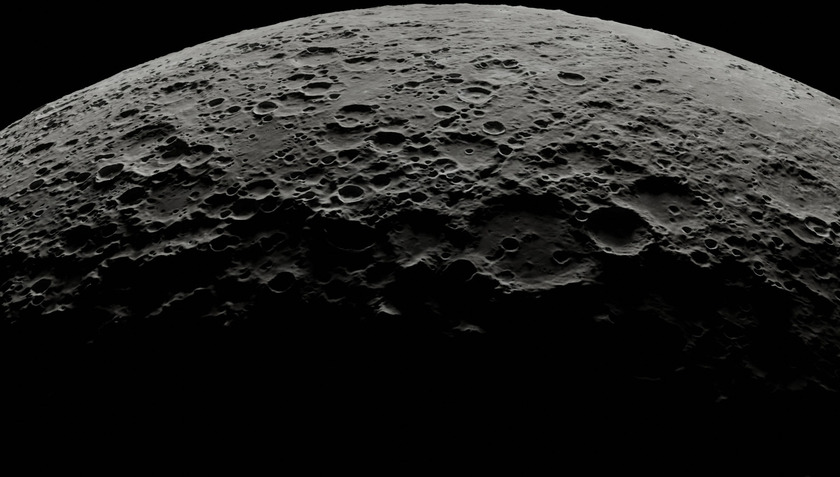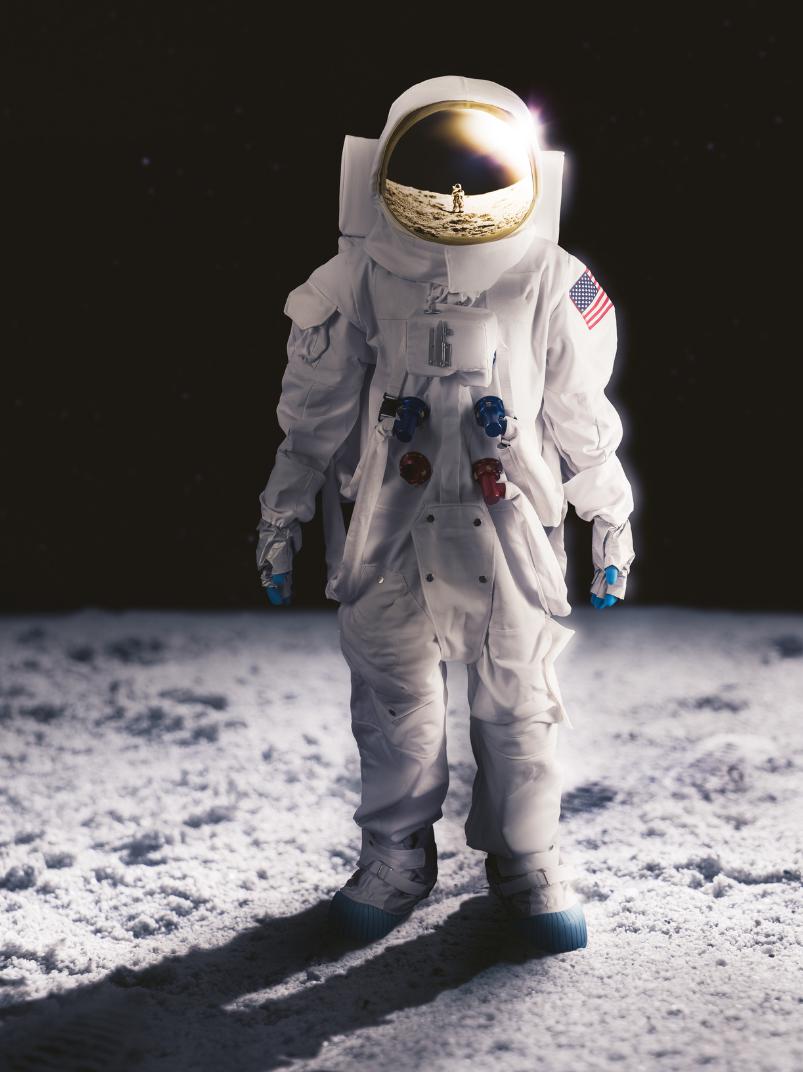Recently, a group of Italian scientists announced the important discovery of the existence of a cave on the Moon. This cave is located in the Sea of Tranquility, 400 km from the Apollo landing site.
This place is located not too far from the place where astronauts Neil Armstrong and Buzz Aldrin set foot 55 years ago. This new discovery also brings a glimmer of hope that there will be hundreds of other caves on Earth's natural satellite that can become a shelter for astronauts to explore in the future.

Scientists have found a "tunnel" under the surface of the Moon.
According to the AP news agency, this part of the cave is located in a deep hole similar to more than 200 other holes discovered around, created by the eruption of a lava tube. According to scientists, radar data has shown the beginning of the underground cave. They estimate it is at least 40 meters wide and dozens of meters deep.
The discovery is significant, according to researchers, as lunar caves have remained a mystery for 50 years. Scientists also suspect the existence of hundreds of similar caves, as well as thousands of lava tubes, on the lunar surface. Most of the holes are found in ancient lava plains, with potential locations at the lunar south pole – an area targeted for upcoming NASA missions later this decade.

Caves could be an important way to protect astronauts from the harsh environment on the lunar surface.
These natural shelters could protect astronauts from cosmic rays, solar radiation and small meteorite impacts. Building the habitats from scratch would be more time-consuming and challenging, the team said, even taking into account the need to reinforce cave walls to prevent collapse.
However, the challenge is not small. The Moon is a harsh environment, with temperatures ranging from extremely cold (equivalent to liquid nitrogen) to extremely hot (exceeding the boiling point of water on Earth), along with high levels of radiation. Dr. Daniel Brown, associate professor of astronomy at Nottingham Trent University, emphasized: "The environment on the Moon is very harsh. There is no atmosphere to support life." Therefore, building a stable pressurized and insulated habitat is a prerequisite for humans to be able to survive and work for a long time.

Materials inside these caves, preserved from the harsh surface environment, could provide valuable insights into the Moon's geological history and volcanic activity.
The lunar base would include living quarters, vehicles, and power generation systems such as solar panels. The living quarters would be equipped with beds, toilets, laboratories, and exercise equipment to counter the effects of low gravity. Construction materials are key, and lunar dust (regolith) has emerged as a prime candidate. With its highly reflective properties, regolith could be used to shield against radiation, heat, and space debris.
Food supply is another issue to be addressed. With long stays on the Moon, astronauts may need to grow their own food. Lunar menus could include cell-cultured beef and crops that can grow on regolith.
The south side of the moon, with its abundance of water ice, is considered an ideal landing site. “The most essential element for a successful human colony on the moon is water,” said Michelle Hanlon, a professor of space law at the University of Mississippi.
Mining and processing lunar water ice into hydrogen and oxygen is crucial to sustaining life and powering machinery. However, building the first lunar base is a complex problem with many challenges. Malcolm Macdonald, an aerospace engineer at the University of Strathclyde, believes that Artemis III (NASA’s mission to return humans to the Moon) is unlikely to happen before 2028, and that serious work on a lunar base may not begin until the 2030s.




































